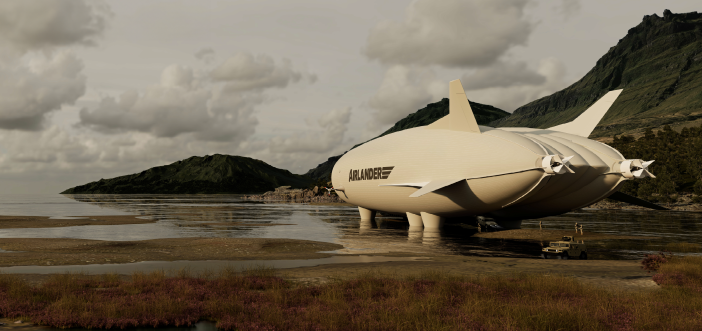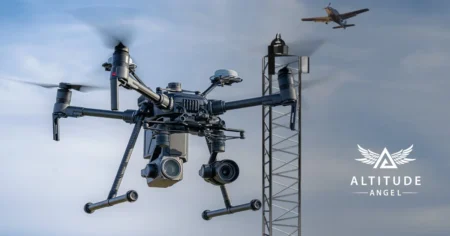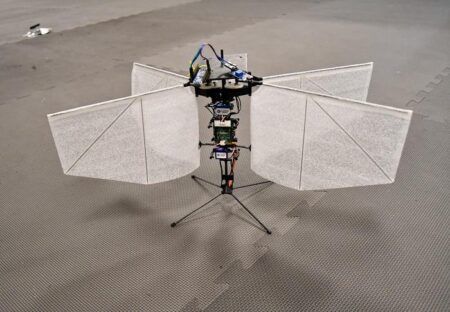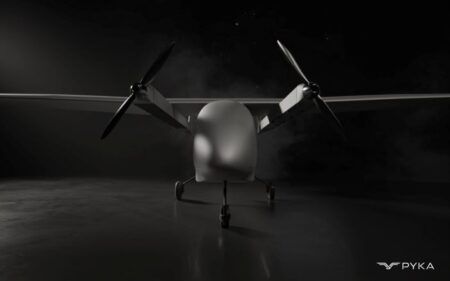A defense firm has reserved three Airlander 10 aircraft for military applications, marking the first defense sector commitment for the fuel-efficient hybrid aircraft.
The undisclosed defense contractor has reserved the aircraft and plans to use it to provide communications, intelligence, surveillance and reconnaissance services to its customers.
Hybrid Air Vehicles (HAV) said it has a US$3.7 billion military pipeline and US$2 billion in civil sector reservations already secured.
Other reservations for the Airlander 10 include 20 aircraft for regional airline and launch customer Air Nostrum, and French polar tourism company Grands Espaces, which plans to use the aircraft to provide exploration experiences.
HAV plans to begin flight testing a production version of the Airlander 10 in 2027 with Type Certification to follow. It has previously said it expects entry into service during 2028.
The 302 x 143ft (92 x 43.5m) Airlander 10 can carry up to 100 passengers and 10 tonnes of payload. The helium-filled hull makes the hybrid aircraft part lighter-than-air blimp and part airplane.
The Airlander 10, which uses four will have a range of 4,600 miles (7,400km), a top speed of around 80mph (130km/h), and will be able to stay airborne for up to five days.
The first Airlander 10s is powered by four Thielert Centurion 325 hp (242 kW) V8 diesel engines which drive sets of three-bladed ducted propellers.
Despite the use of fossil fuel, according to HAV the Airlander 10 reduces emissions by 75% compared to equivalent regional aircraft thanks to its design and capacity. The company plans to offer a hybrid-electric variant of Airlander 10 in 2029 to achieve a 90% emissions reduction, before going fully-electric in 2030.
The aircraft will initially be certified for civil use, but its large, rapidly reconfigurable cabin can be modified to meet military requirements. The aircraft can be equipped with multispectral sensor suites for Command, Control, Communications, Computers, Intelligence, Surveillance, and Reconnaissance (C4ISR) roles, transport personnel and equipment to austere environments, or deploy and recover drone swarms.
The aircraft is designed to remain airborne for up to five days at different altitudes and operate from any relatively flat surface, including water, making it a versatile platform for government and commercial users. HAV said the platform is capable of roles not currently possible with existing aircraft, combining extended endurance with robust survivability and low vulnerability.
Military applications identified by the company include elevated sensing for missile defence, with the aircraft capable of lifting sensor payloads exceeding three tons and maintaining high-powered radars aloft for multiple days rather than hours, according to the company.
The Airlander is also suitable for use in drone and counter-drone warfare and maritime patrol and surveillance roles, where it could cost-effectively survey large areas, distribute and monitor anti-submarine warfare sensors, and serve as a key node for collecting and distributing threat information.
George Land, executive director sales at HAV, said, “Its versatility, high payload, and endurance have always given Airlander 10 obvious advantages over other aircraft in C4ISR. As warfare evolves to meet current threats this capability is ever more valuable, and we have worked hard to showcase the aircraft’s capabilities.”
HAV is also developing larger variants, including the Airlander 50 (50 tonne) and is working with logistics organizations through its Airlander Futures Network to refine specifications for these larger aircraft for example for use in remote or disaster response areas.
Work started building an Airlander factory in Doncaster, UK in December 2024. ATI visited the Bedford-headquartered HAV to look around and interview CEO Tom Grundy last year – see the video below.
